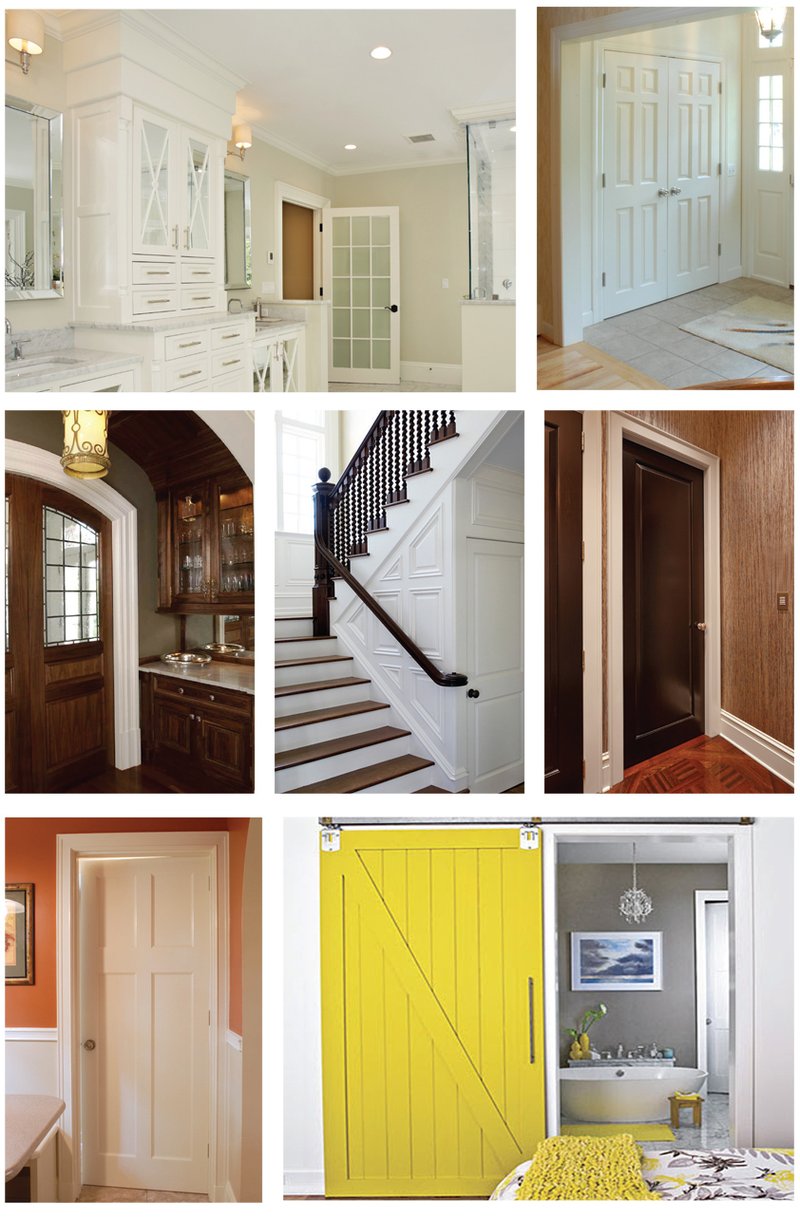
Understanding Different Types of Door Hardware
When we talk about door hardware, we’re generally referring to hinges, knobs, handles, and locks. Each piece plays a key role in both functionality and aesthetics. First off, let’s break down the most common types:
- Knobs: Simple and often round, knobs are easy to grasp. They come in various finishes that can accentuate your door’s texture.
- Handles: Typically elongated, they offer a modern touch. Handles can be especially effective if your door has a sleek design.
- Hinges: These are essential for door movement. Choosing decorative hinges can add character, especially to a textured door.
- Locks: Safety first! Make sure any locks you choose are secure and fit well with the door’s style.
Choosing the right type depends on the door’s texture and your aesthetic goals. For example, a rustic wood door might benefit from matte black handles, while a sleek glass door could shine with polished chrome knobs. Always consider how each piece will work with the unique texture of your door.
Materials Matter: Choosing the Right Finish
When selecting hardware, the material and finish affect both durability and style. Some popular options include:
- Brass: A classic that develops a beautiful patina over time. It pairs well with warm textures.
- Stainless Steel: Offers a modern, sleek look. It’s sturdy and matches with smooth door surfaces.
- Bronze: Perfect for adding an earthy touch. It complements textured wood beautifully.
- Chrome: Shiny and reflective, chrome works great on contemporary designs.
Think about the overall vibe of your space. A glass door might call for sleek chrome or stainless hardware, while a vintage-style wood door could be better suited with an aged brass finish.
The Importance of Scale and Proportion
Just like in fashion, scale and proportion are crucial in design. You wouldn’t wear a tiny necklace with an oversized dress, right? The same goes for door hardware. Consider how the size of the hardware relates to the door itself.
For example, if you have a large, textured door, oversized handles or knobs can create a striking visual impact. Conversely, delicate or smaller doors might look best with more understated hardware. It’s all about balance. Make sure the hardware feels appropriate for the scale of the door while still drawing attention to those unique textures.
Choosing Styles That Enhance Unique Textures
Your hardware can either highlight or compete with a door’s unique texture. If you have a deeply grained wood door, opting for hardware with a smooth finish can create a stunning contrast, drawing the eye to the door’s natural beauty. Here are a few styles to consider:
- Minimalist: Simple lines and understated shapes work well with bold textures, allowing the door to take center stage.
- Ornate: Intricate designs can complement textured doors, adding a layer of sophistication.
- Industrial: Raw materials like iron or brushed metal offer a rugged look that pairs well with rustic textures.
Think about your overall design theme. A Scandinavian-inspired home may favor minimalist hardware, while a farmhouse-style space could shine with more ornate options.
Functional Considerations for Everyday Use
While aesthetics are essential, functionality shouldn’t be overlooked. Consider how frequently the door will be used and how it fits into the daily flow of your home. For high-traffic areas, you might want to choose durable materials that can withstand daily wear and tear.
Also, think about ease of use. For example, if you have small children, knobs can be tricky, and you might opt for handles instead. Locks are equally important—make sure they are easy to operate but still secure enough for privacy.
Mixing and Matching: Is It a Good Idea?
You might be wondering if mixing different styles of hardware is a no-go or a design faux pas. Fortunately, it’s perfectly acceptable! Mixing hardware styles can add character to your space as long as you maintain some consistency. Here’s how:
- Color Palette: Stick to a similar color scheme across hardware pieces to create harmony.
- Material Cohesion: Combining different materials can work well if they share a common theme, like rustic or modern.
- Scale Consistency: Mix different styles but keep the scale relatively similar for balance.
Just remember, the goal is to create a space that feels cohesive and intentional without being overly matchy-matchy.
Final Thoughts: Bringing It All Together
Choosing hardware for interior doors with unique textures might seem daunting, but it’s an opportunity to express your style and enhance your home’s design. By understanding the types of hardware, considering materials, scale, and functionality, and knowing when to mix and match, you can make decisions that not only look good but also work seamlessly for your lifestyle.
So, grab a cup of coffee, take a step back, and think about how your choices reflect your personality. Your interior doors are more than just functional; they’re a canvas for your creativity. Happy decorating!
